At a glance
Access a gallery of visual aids, analogies, and stories to help talk about diabetes concepts.

Visual aids
Visuals such as pictures, drawings, charts, graphs, and diagrams can be effective tools for communicating health information by making complex information easier to understand. They can also reinforce written or spoken health messages.
Healthy coping

Healthy eating

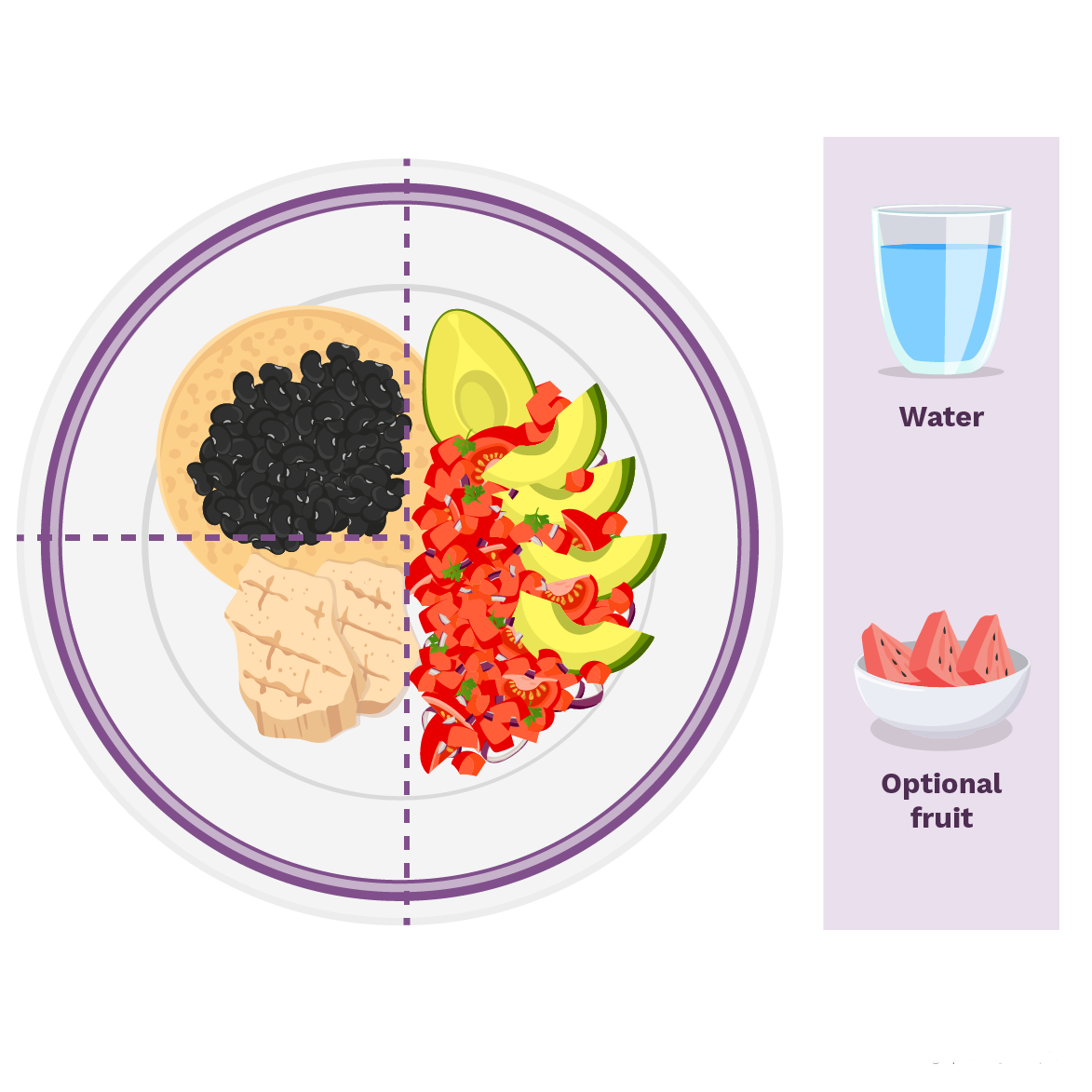


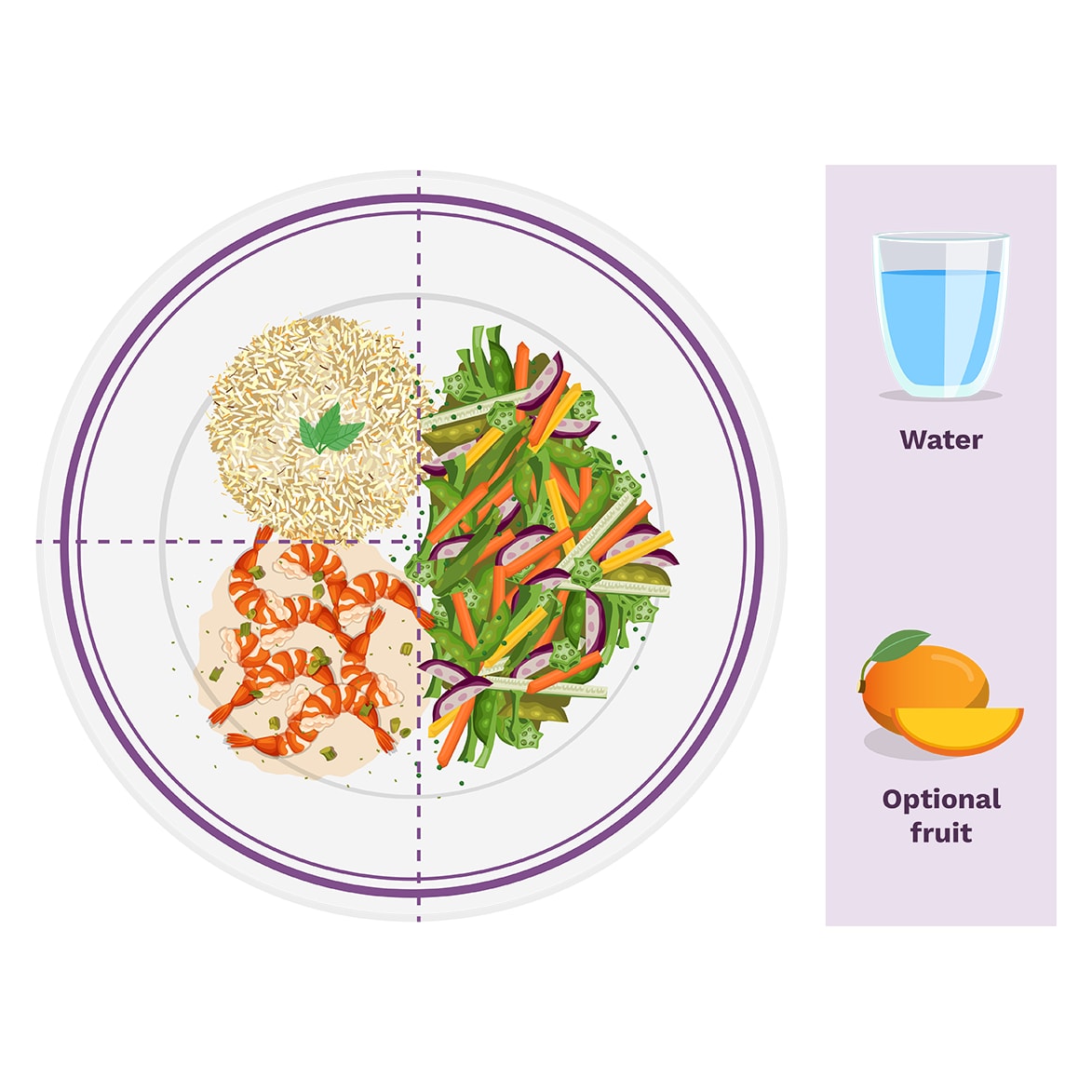
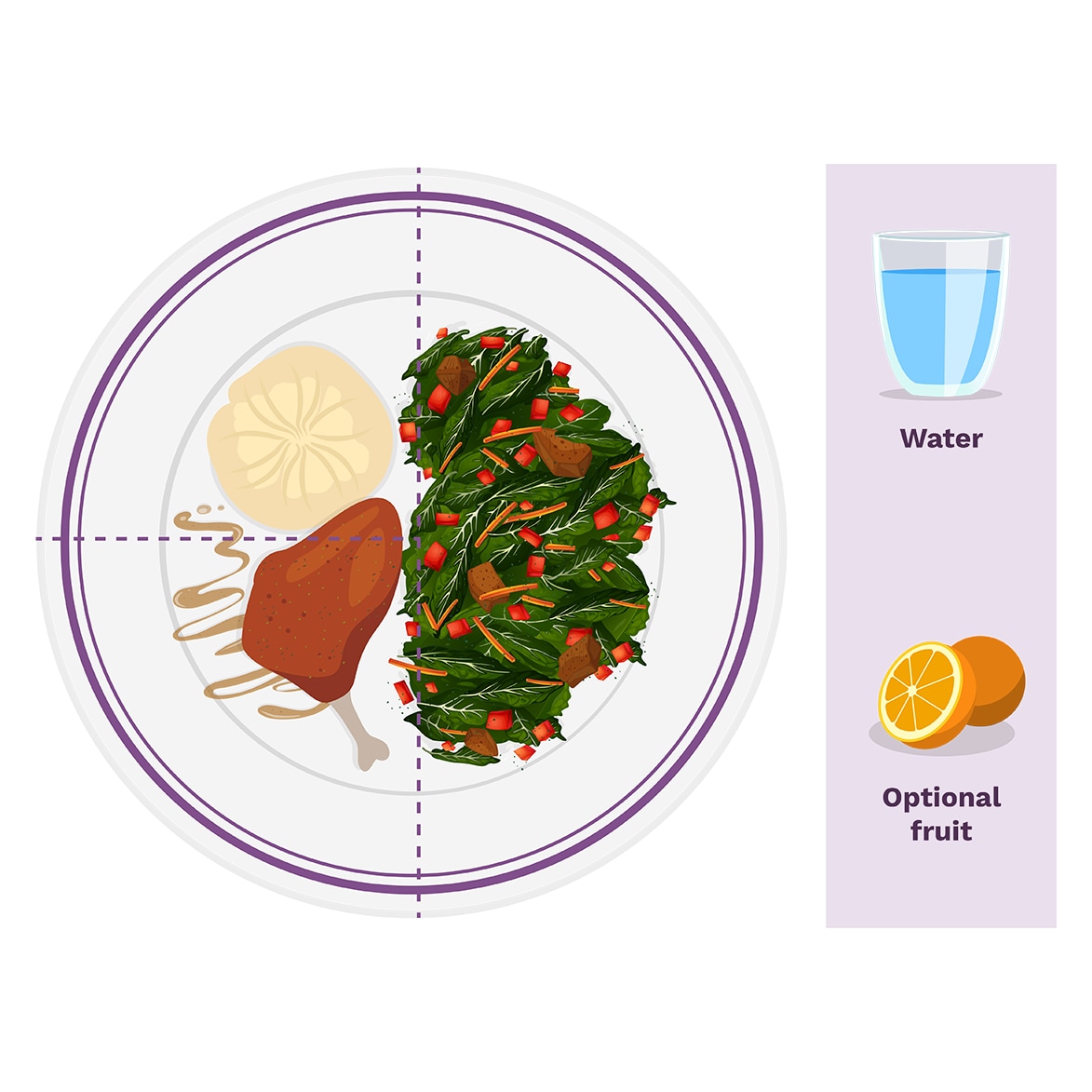
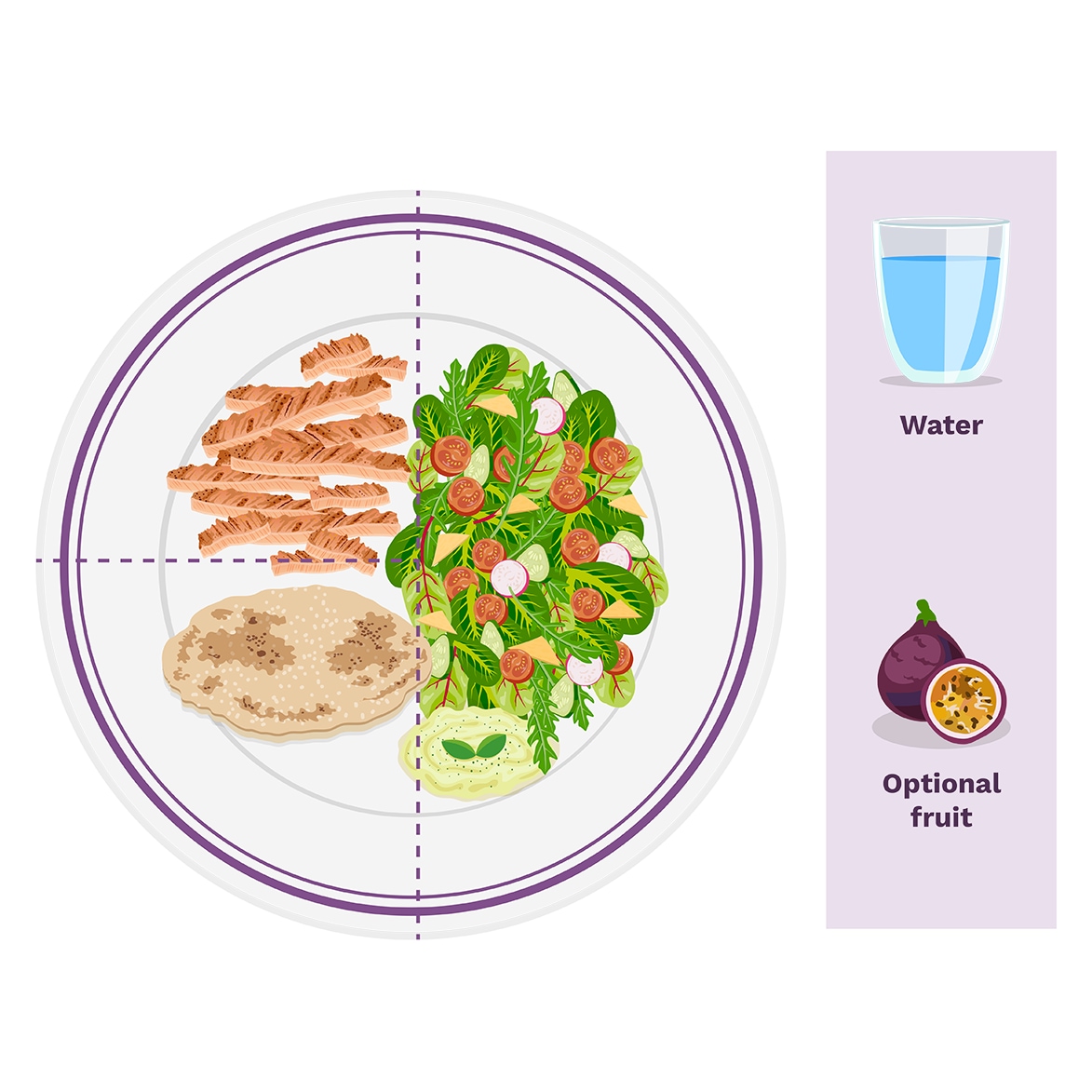
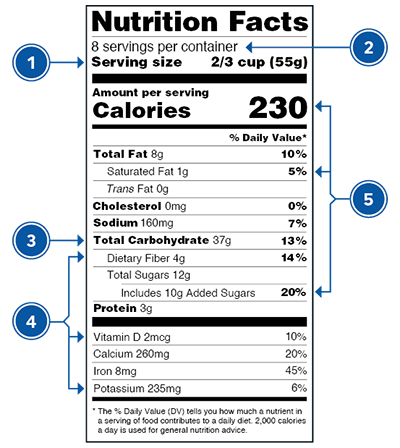
- Check the Serving size first. All the numbers on this label are for a 2/3-cup serving.
- This package has 8 servings. If you eat the whole thing, you are eating 8 times the amount of calories, carbs, fat, etc., shown on the label.
- Total Carbohydrate shows you the types of carbs in the food, like sugar and fiber.
- Choose foods with more fiber, protein, vitamins, and minerals.
- Choose foods with lower calories, saturated fat, sodium, and added sugars. Avoid trans fat.
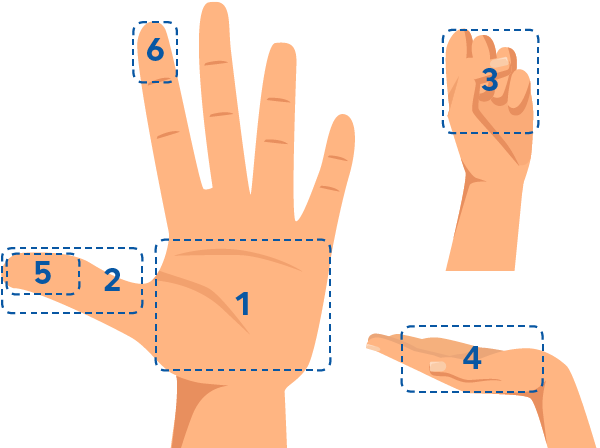
- 3 ounces of meat, fish, or poultry: palm of hand (no fingers)
- 1 ounce of cheese or meat: thumb (tip to base)
- 1 cup or 1 medium fruit: fist
- 1–2 ounces of nuts or pretzels: cupped hand
- 1 tablespoon: thumb tip (tip to 1st joint)
- 1 teaspoon: fingertip (tip to 1st joint)
Being active
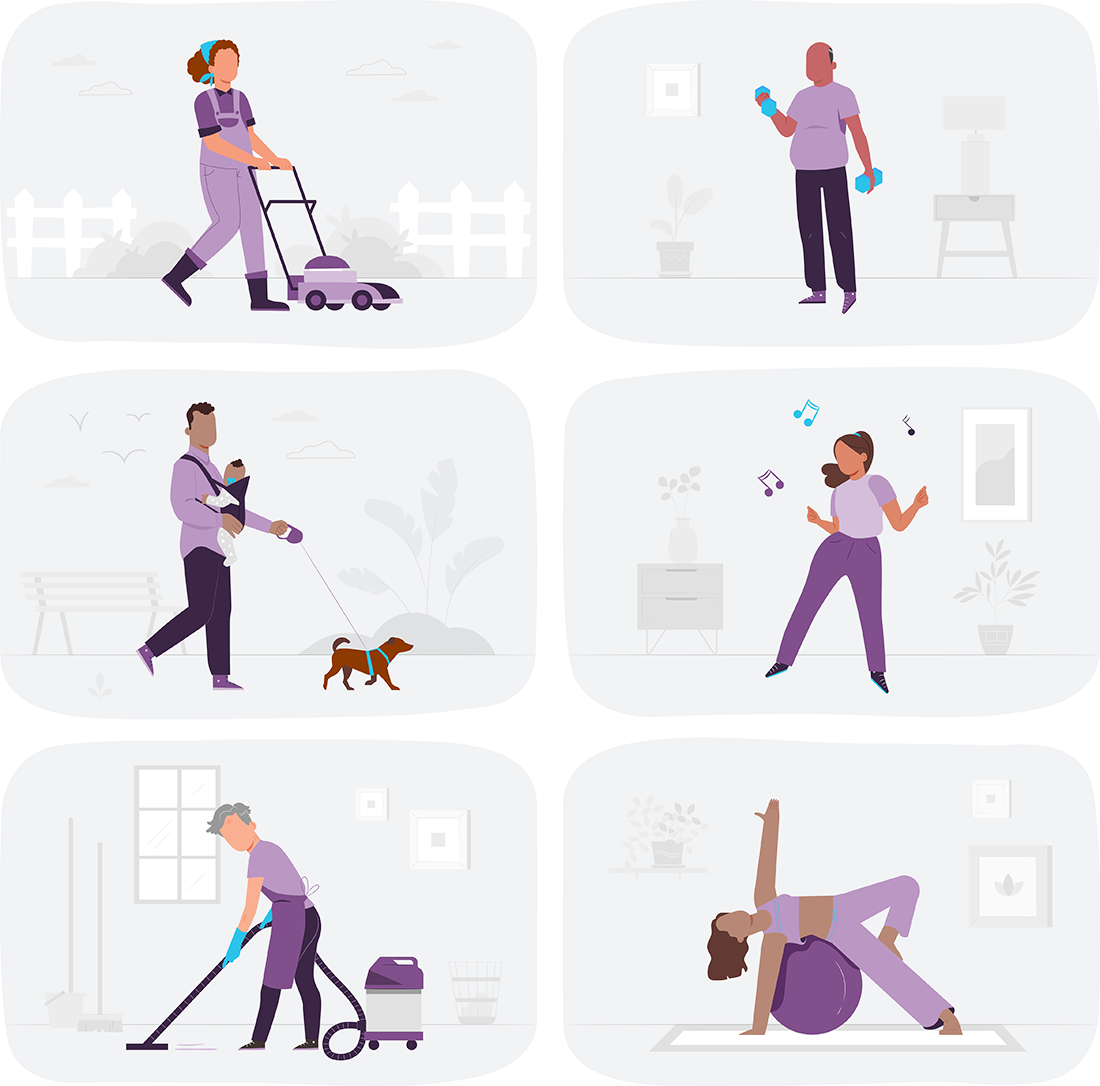
Taking medicines
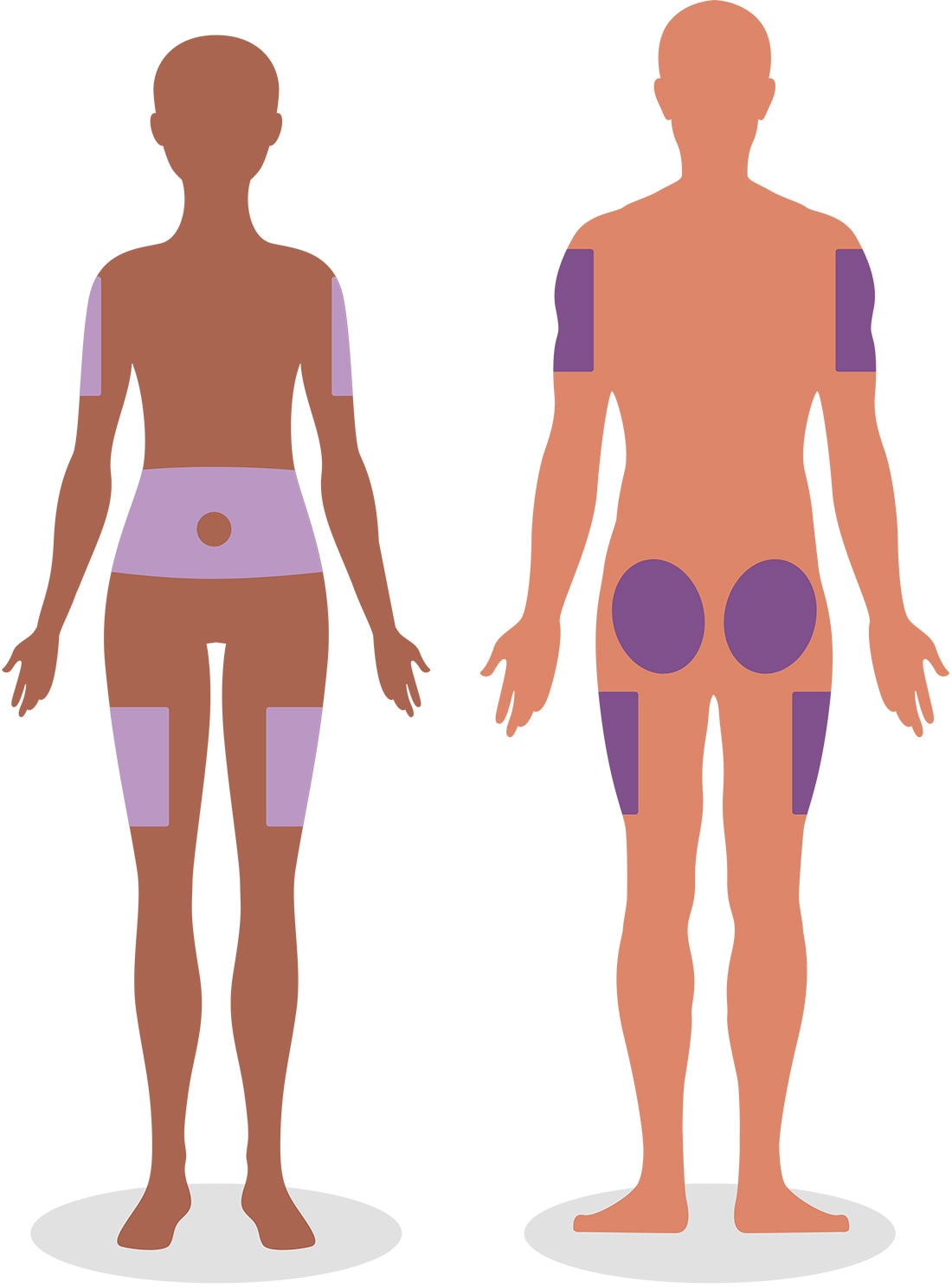
Monitoring

- Check your blood sugar.
- Eat 15 grams of carbohydrates.
- Wait 15 minutes and check your blood sugar again.
If your blood sugar is still below your target range, repeat steps 2 and 3 again.

- 1 tablespoon of sugar, honey, or syrup
- 5 pieces of hard candy
- 3–4 glucose tablets
- 1 dose of glucose gel
- ½ cup of juice or regular soda
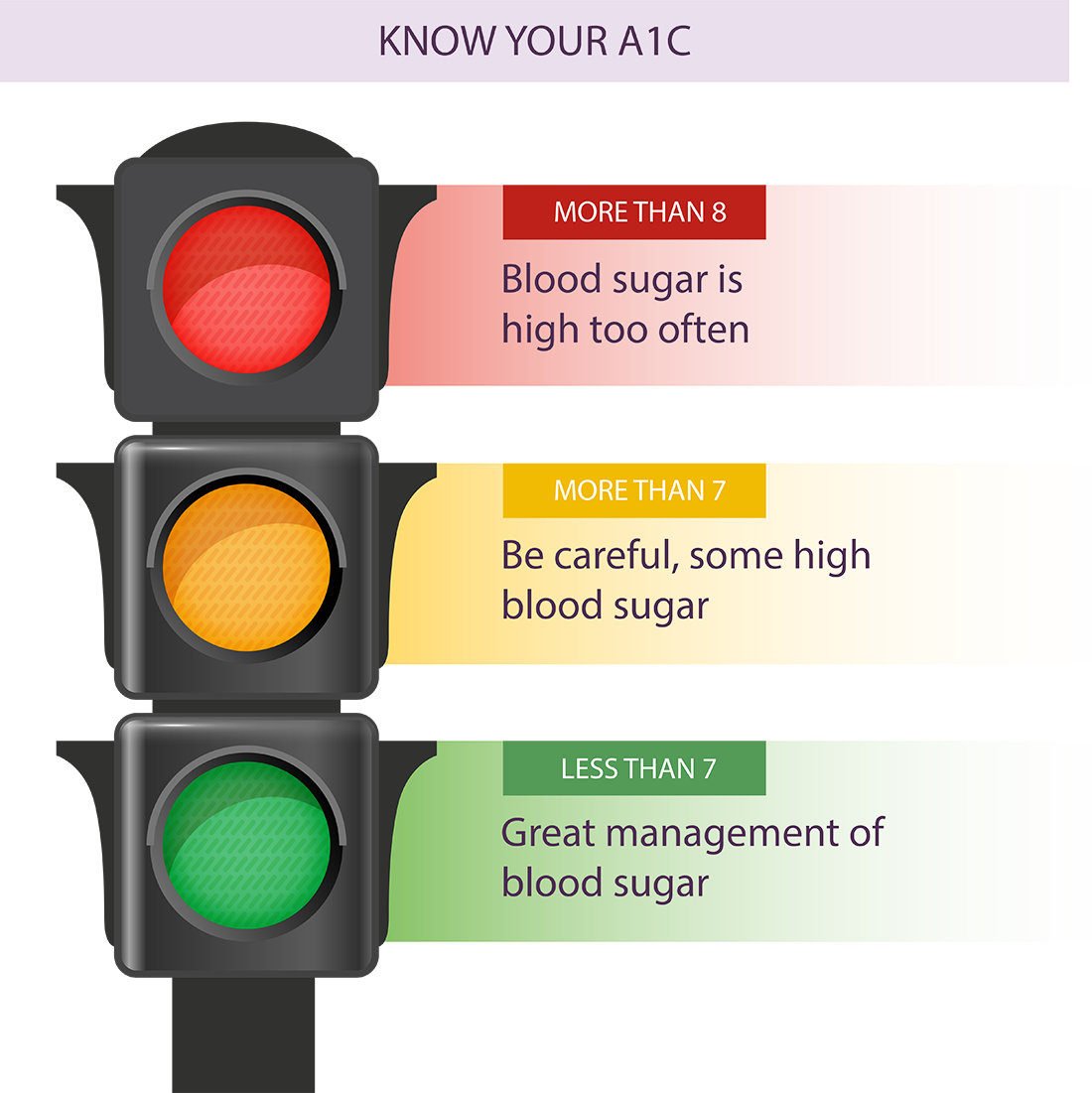
- More than 8: blood sugar is high too often
- More than 7: be careful, some high blood sugar
- Less than 7: great management of blood sugar



Problem solving
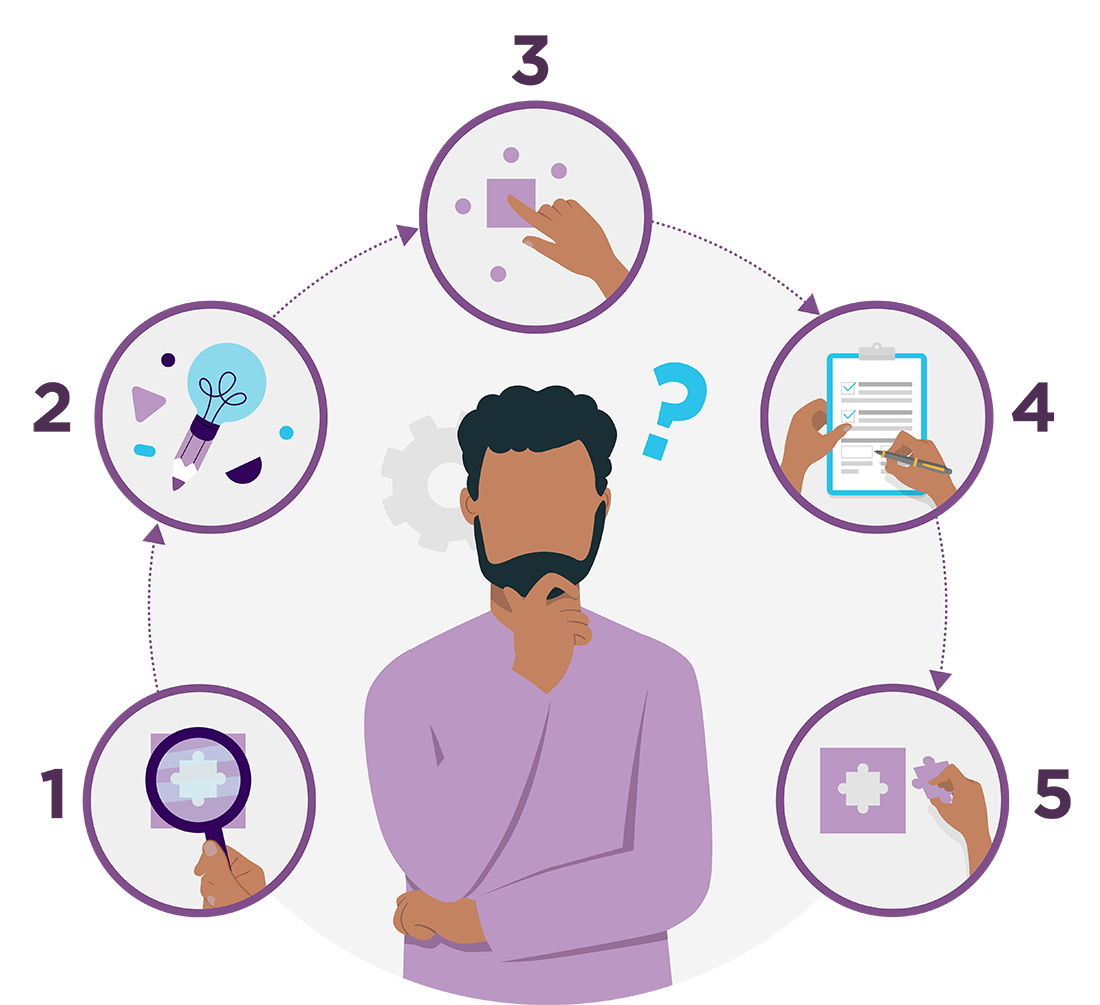
- Describe your problem.
- Come up with different ways to solve your problem.
- Choose the best option.
- Make an action plan with the details of what you will do.
- Try it and see if it works.
Reducing risks
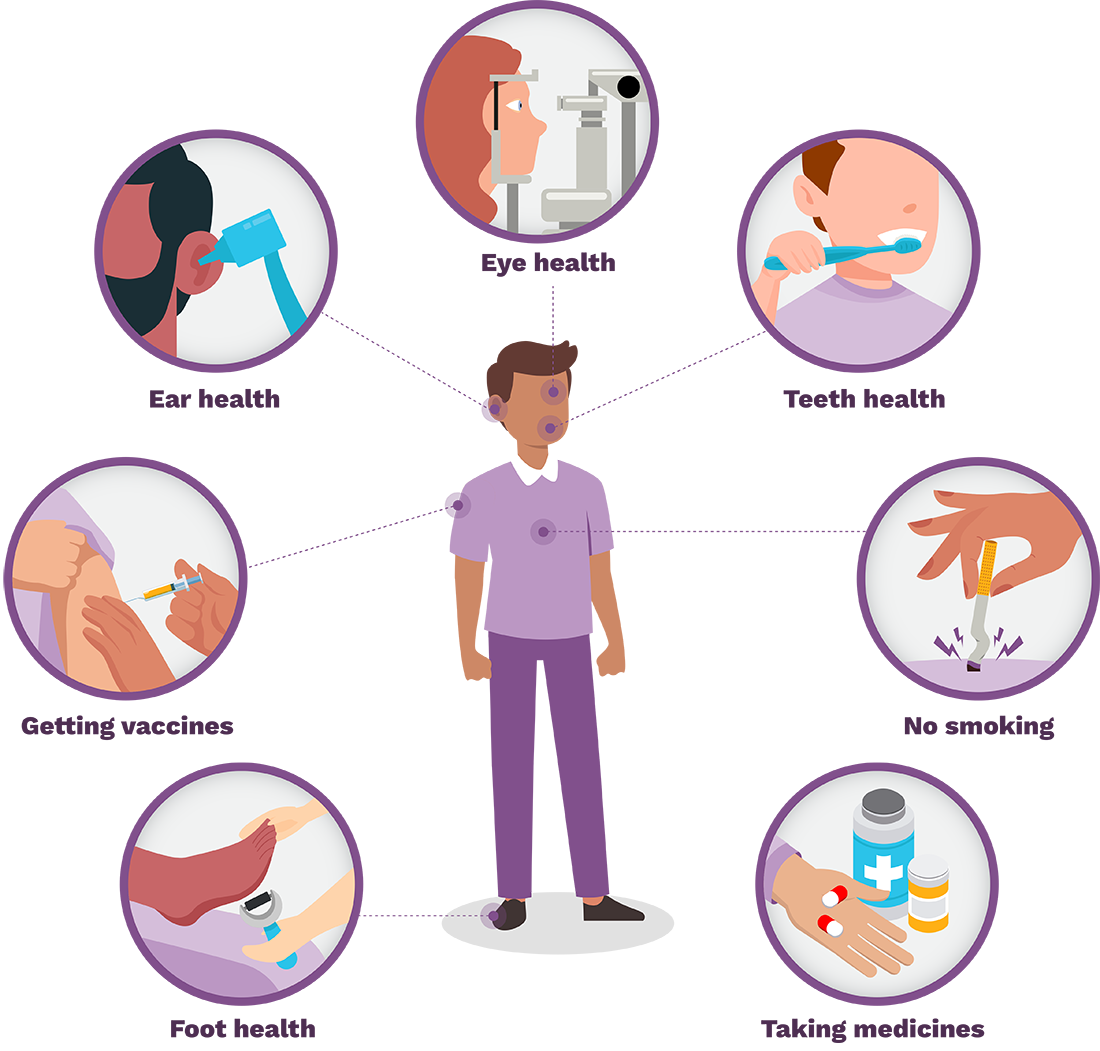
You can reduce risk by:
- Getting regular checkups and screenings for foot health, hearing loss, and eye health.
- Getting a flu shot and other vaccines.
- Taking your medicines as prescribed.
- Taking care of your teeth, including brushing, flossing, and getting regular checkups.
- Not smoking or vaping.
Analogies
Comparing abstract concepts to things in everyday life can help improve learning. Try these sample analogies and messages to help explain diabetes concepts.
Think about a glass of lemonade that sits out overnight. As the water evaporates, it leaves a coating of sugar on the inside of the glass. Imagine that coating building up on the insides of your blood vessels or coating your nerves. This can help you understand what happens to blood vessels and nerves and the damage diabetes can cause. Diabetes can damage any part of your body if your blood sugar levels are high much of the time.
Actionable message: Diabetes is a serious disease. Blood sugar levels that are too high over long periods of time can cause serious health problems. You can help keep your blood sugar levels in your target range by eating healthy foods, being active, and taking medicines as prescribed.
Glucose, or blood sugar, is the body's main source of energy. We get it from the foods we eat. The pancreas is the organ that makes insulin, a hormone that acts like a key to unlock each body cell. When this happens, blood sugar can get inside and provide energy. When the pancreas senses the sugar level in the blood going up, it releases more insulin into the blood.
- For people with type 1 diabetes, the pancreas doesn't make insulin. Without insulin, blood sugar can't get into cells, and it builds up in the blood. The doors are locked and there's no key to unlock them. People with type 1 diabetes need to take insulin shots or wear an insulin pump that regularly releases insulin into the body.
- In type 2 diabetes, cells don't react as well to insulin (called insulin resistance). The key doesn't quite fit in the lock or it's hard to turn. People with type 2 diabetes can take medicines that make insulin work better or make the cells respond better. They can even sometimes take insulin as well if their health care provider thinks it will work best for them. Eating healthy foods, being active, and managing stress can also help the body use insulin better.
Actionable message: Insulin is made in the body or taken as a medicine. Insulin moves sugar into the body's cells for energy and out of the blood. You can help feel your best and prevent problems by checking your blood sugar and following your diabetes care plan.
Living well with diabetes is like having a chair with four strong legs. Each chair leg is one part of your diabetes care plan.
- First leg: what you drink
- Second leg: what you eat
- Third leg: being active
- Fourth leg: taking your medicines and getting regular medical care
What would happen if one of the legs broke as you sat down? It doesn't matter which leg of the chair breaks; the chair will tip over. Just like four sturdy legs are needed for a chair, there are four areas that you can focus on to take care of yourself and your diabetes.
Actionable message: By following these four parts of diabetes care, you can live well with diabetes. DSMES services help you with these practical skills, no matter how long you've had diabetes or what type of diabetes you have.
Driving at a safe speed helps you stay safe and keep others safe. You know when you're driving at a safe speed because you can check the speedometer.
When you have diabetes, the hemoglobin A1C (A1C) test is like a speedometer. Each 1% increase of the A1C value above the recommended level is like driving too fast. You're less in control of your car and more at risk. Keeping your A1C within recommended levels makes you safer with your diabetes.
Actionable message: The A1C test is a simple blood test that measures your average blood sugar levels over the past 3 months. It's one of the main tests to help you and your health care team manage your diabetes. Higher A1C levels are linked to problems from diabetes, so reaching and staying at your A1C goal is really important.
Storytelling
You can use storytelling to inspire people to think about diabetes—and their ability to cope with it—in new ways. Stories can help health messages come alive when they feature relatable characters, compelling video or images, or messages of hope and success. Review these stories with your participants or share stories from your own experiences.
This bilingual fotonovela (illustrated novel) features stories of Latina people talking about preventing or delaying type 2 diabetes and being healthy for their children and themselves. Use the how-to guide to plan and evaluate your use of the fotonovela. (Fotonovela PDF | English how-to guide PDF | Spanish how-to guide PDF)
The Clayton family works together to support their elderly father, who has diabetes (video: about 4 minutes).
LyCynthia and Terry talk about the importance of family support in managing diabetes (audio: about 30 minutes).
Yvonne talks about how she learned she had type 2 diabetes and overcame denial to make lifestyle choices to manage her diabetes (audio: about 4.5 minutes).
Yvonne talks about the challenges she faces in trying to make healthy food choices (audio: about 3 minutes).
Videos: Diabetes Kickstart
These seven animated videos will show you the self-care steps you need to get started managing diabetes. Watch them in any order—they all include tips and strategies you can use right now. Go to Diabetes Kickstart.
